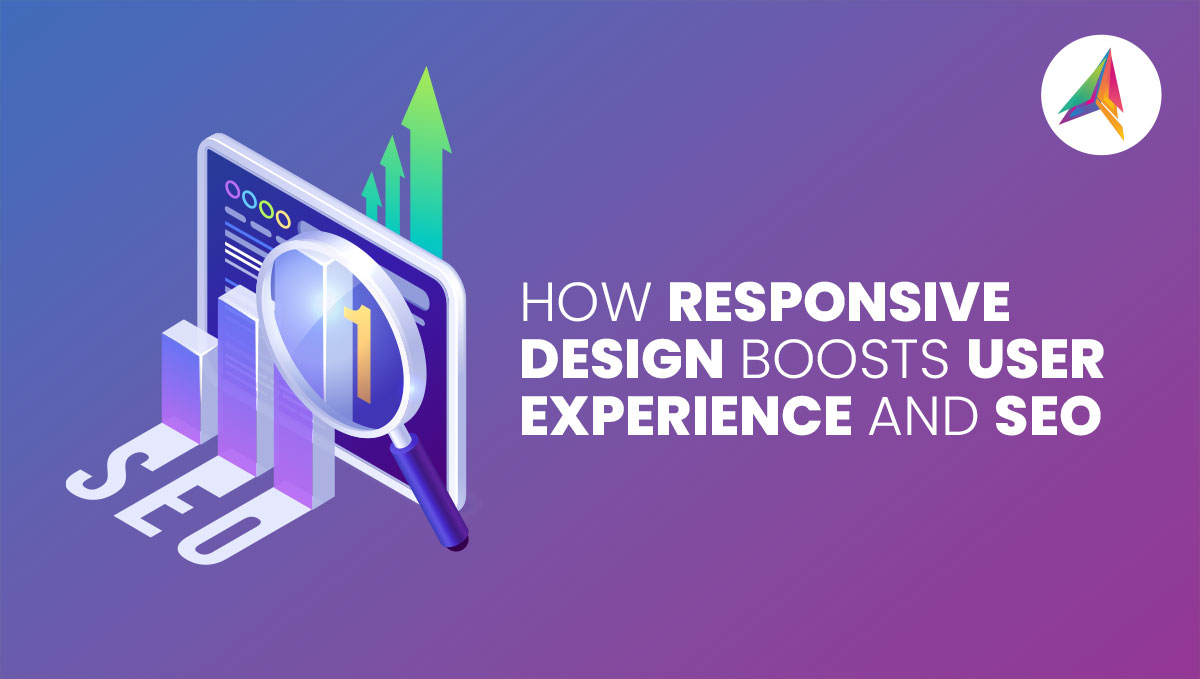In today’s digital world, a website is frequently where potential customers will interact with your business for the first time. If your website takes a long time to load, is cluttered with too much information, or is difficult to navigate on smaller mobile devices, you could lose both engaging visitors and potential customers before they even explore your products or services. For this reason, Responsive Design has become an essential part of the web development process. Responsive Design not only enhances user experience (UX) but also improves your website’s SEO performance.
Table of Contents
What is Responsive Design?
Responsive Design is a method of web design that allows your website to resize its layout, images, text, and interactive elements according to any screen size. This means that no matter whether your visitor is on a desktop monitor, tablet or mobile phone, the website will look consistent and function with ease.
To put it simply, Responsive Design allows you to build a single website that optimizes the experience for all devices without requiring a separate mobile site.
How Responsive Design Enhances User Experience
Effortless Navigation.
Visitors can locate information, click buttons and interact with your site without having to zoom in and/or scroll sideways. Touch-friendly buttons and intuitive navigation menus are key components of a responsive user experience (UX).
Readable Content.
Your text, line spacing and images will adapt perfectly to any device so that it is a smooth, enjoyable read. This can alleviate frustration and keep your users engaged for longer periods of time.
Faster Loading Speeds.
Responsive websites typically use optimized images and adaptive layouts, which all contribute to faster loading rates, especially on mobile networks. The quicker your pages load, the better your bounce rate and overall user satisfaction will be.
Consistent Branding Experience.
If users are on a mobile device versus a computer, your responsive site will still feature the same look and feel. This consistency helps users build perceptions and trust in your brand.
Example: If a travel website had a detailed homepage on a desktop version featuring several destination sections at the top, on a mobile version it would change to a single-column layout and use touch-friendly call-to-action buttons. Visitor would still be able to browse through the destination, check out a few offers, and ultimately book their trip without concern for any usability.
How Responsive Design Impacts SEO
Search Engines tend to Prefer it
Google uses mobile-first indexing, meaning it ranks pages mostly based on the mobile version of a site. By using a responsive website, you’re ensuring that your site meets mobile usability guidelines, which helps enhance SEO rankings.
Less Duplicate Content Problems
Without responsive design, businesses will often create a separate mobile site—and potentially create duplicate content problems. The responsive design uses one URL structure—meaning no duplicate content issues regarding SEO.
Lower Bounce Rates
If users easily navigate your site, they are more likely to stay. Lower bounce rates send positive signals to search engines, which can indirectly help SEO rankings.
Improved Page Load Speeds
Google considers page speed when establishing rankings. Usually, when using responsive design, you will have optimized images, flexible media, and streamlined coding—which can improve load speeds.
Principles of Responsive Design
Fluid Grids – Layouts proportionally scale based on the screen size using percentages or other relative units instead of fixed pixels.
Flexible Media – Images, videos, and other media adapt automatically to prevent the layout from breaking.
Media Queries – CSS media queries use a range of styles based on width, orientation, and resolution of the device.
Touch-Friendly Design – Buttons, links, and forms are designed to be tapped by a finger, not clicked with a mouse.
Readable Typography – Fonts are large enough to read comfortably at a distance without zooming on small screens.
Web2Byte: Expert Responsive Web Development
At Web2Byte, we are experts in developing websites that provide an excellent experience across every device. Our Web Development services mix beautiful design with technical accuracy, so you’ll have a site that is fast, user-friendly, and built for search engines.
For example, when we redesigned a client’s e-commerce site, we employed responsive design to shift product layouts, navigation menus, and call-to-action buttons designed for the mobile user. This client had an increase in mobile engagement by 50% after the launch, plus an overall improvement in Google search results.
Final Thoughts
Responsive design is no longer optional; it is necessary both for user experience and SEO. A site that works on every device ensures users are engaged, reduces bounce rates, and improves search engine performance.
A responsive web design project is worth your time and money to keep your brand accessible, professional and competitive in a mobile-first design society. Web2Byte’s Web Development experience will ensure that your website is built to best perform on all screens, delivering a seamless experience to every user.



